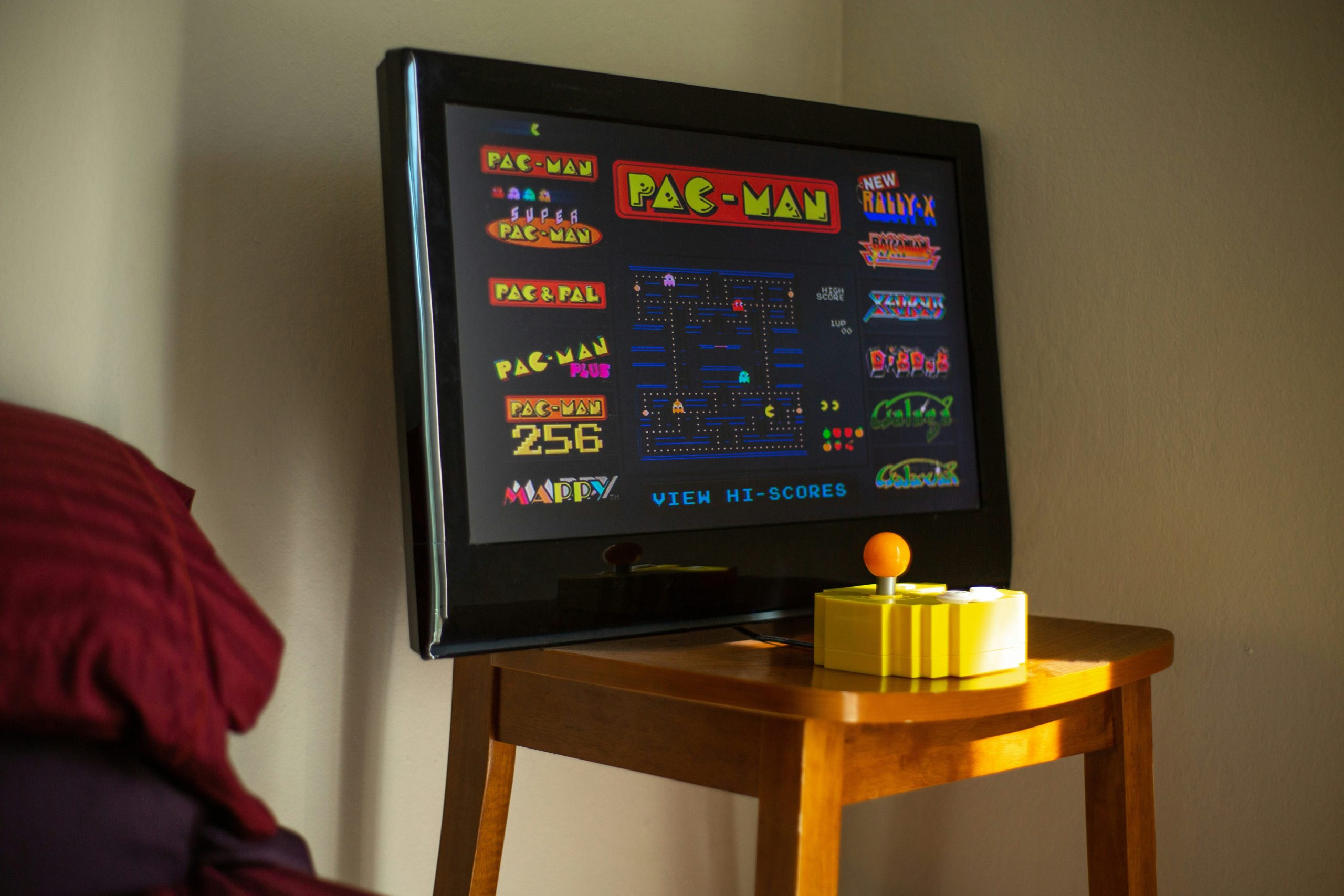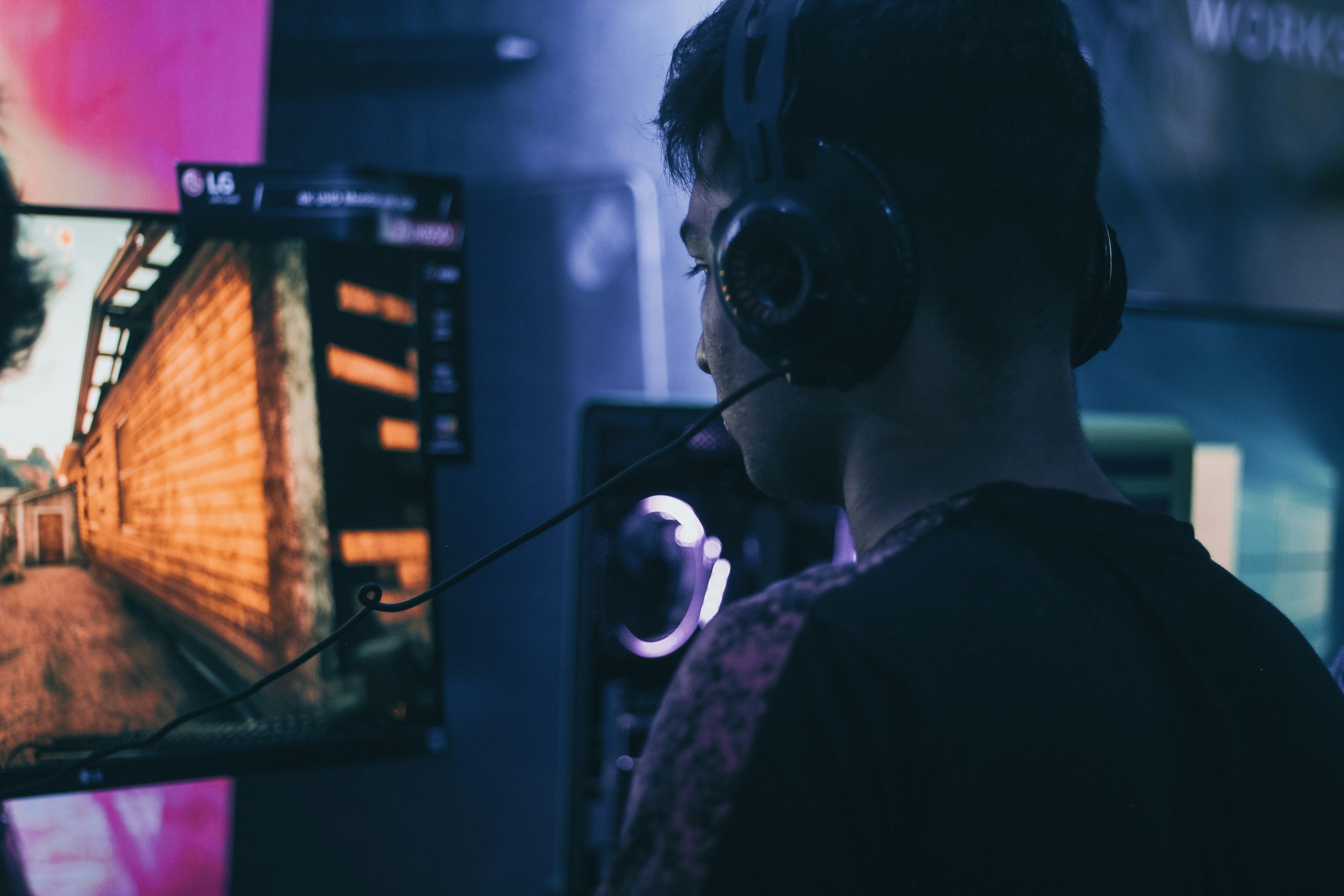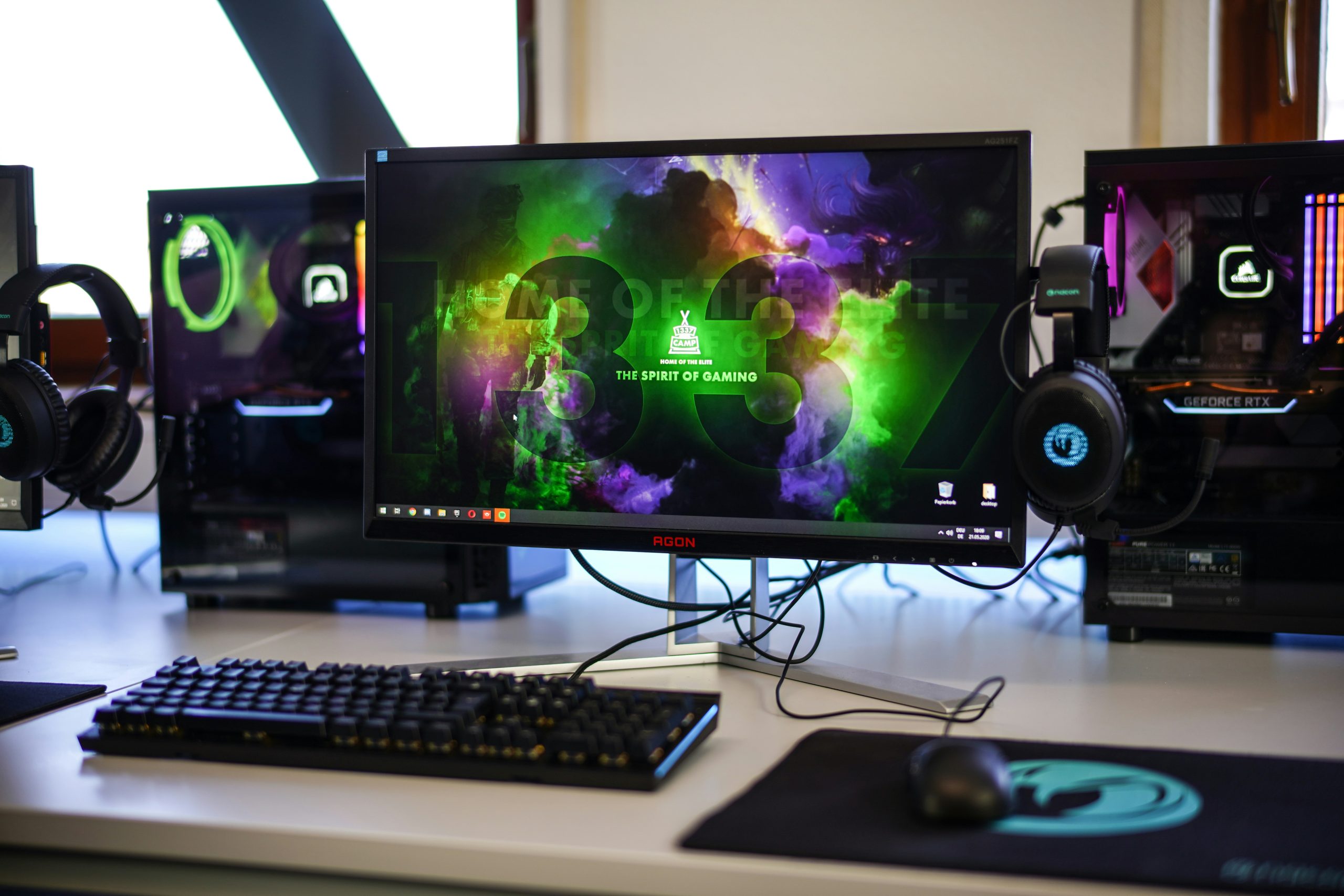In recent years, the line between digital fantasy and physical reality has blurred—perhaps more than ever—thanks to explosive advancements in game graphics. From hyper-detailed facial animations in The Last of Us Part II to the eerie photorealism of Unreal Engine 5 tech demos, we’ve reached a point where the question isn’t “when will games look real?” but “what happens when they do?”
Photorealism Is No Longer a Dream
Game engines like Epic’s Unreal Engine 5 and Unity’s HDRP have pushed visual fidelity to unprecedented heights. Nanite technology allows developers to use film-quality assets without compromising performance, while Lumen provides dynamic global illumination that behaves like real-world light. When you combine these with ultra-high-resolution textures, ray tracing, and machine learning-based upscaling like NVIDIA DLSS or AMD FSR, the results can be jaw-droppingly lifelike.
Just look at Matrix Awakens, a playable demo that leveraged UE5 to recreate New York-style city blocks so convincingly that still images could easily be mistaken for real photography. Vehicles reflect sunlight in real time, shadows behave naturally, and characters feature skin, pores, and hair that rival CGI in Hollywood blockbusters.
The Role of AI and Neural Rendering
Artificial intelligence is fast becoming the backbone of realistic graphics. NVIDIA’s research into neural rendering and AI-assisted animation allows characters to respond in more human-like ways, even generating lifelike facial expressions on the fly. AI isn’t just a shortcut—it’s a revolutionary tool that is redefining what realism means in games.
Imagine walking through a procedurally generated forest where every tree subtly reacts to the wind, where shadows shift with cloud cover, and where every NPC not only looks different but behaves convincingly. That’s not science fiction anymore—it’s an emerging reality.
But Realism Has Its Limits
Interestingly, some developers are beginning to question the value of chasing photorealism for its own sake. The “uncanny valley” remains a hurdle: when visuals become almost real, small imperfections can become unsettling. Plus, realism comes at a cost—development budgets balloon, and hardware requirements skyrocket.
There’s also the artistic angle. Games like Hades, Disco Elysium, or Zelda: Breath of the Wild remind us that style can be just as immersive as realism. Not every game needs to look like a movie. But for those that aim to replicate the real world—simulators, story-driven titles, or VR experiences—the fidelity frontier keeps expanding.
What’s Next?
As we head toward an era dominated by virtual and augmented reality, graphical realism will be more than eye candy—it’ll be crucial to presence and immersion. Whether you’re flying over Mars in Starfield 2, role-playing in a medieval tavern, or training surgeons through VR, realism enhances believability and emotional impact.
So, how real can game graphics get? Technologically speaking, we’re nearly there. But the more interesting question might be: how will developers use that realism to tell better, more human stories?
This Article Was Generated By AI.




